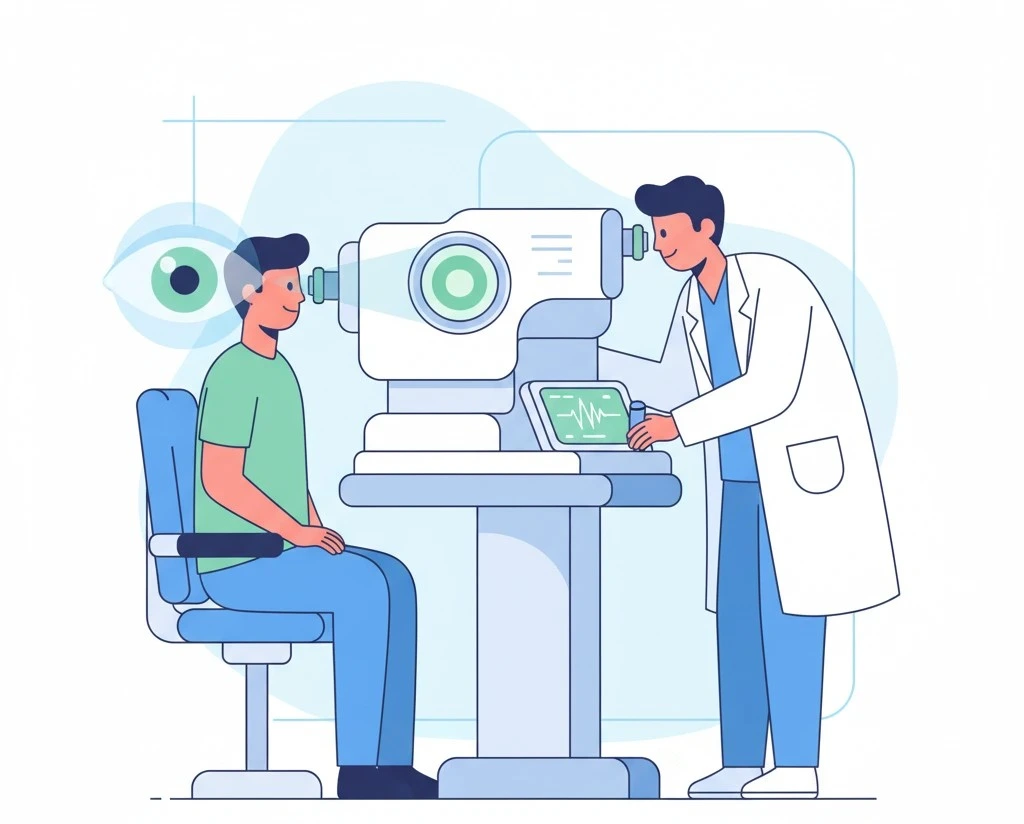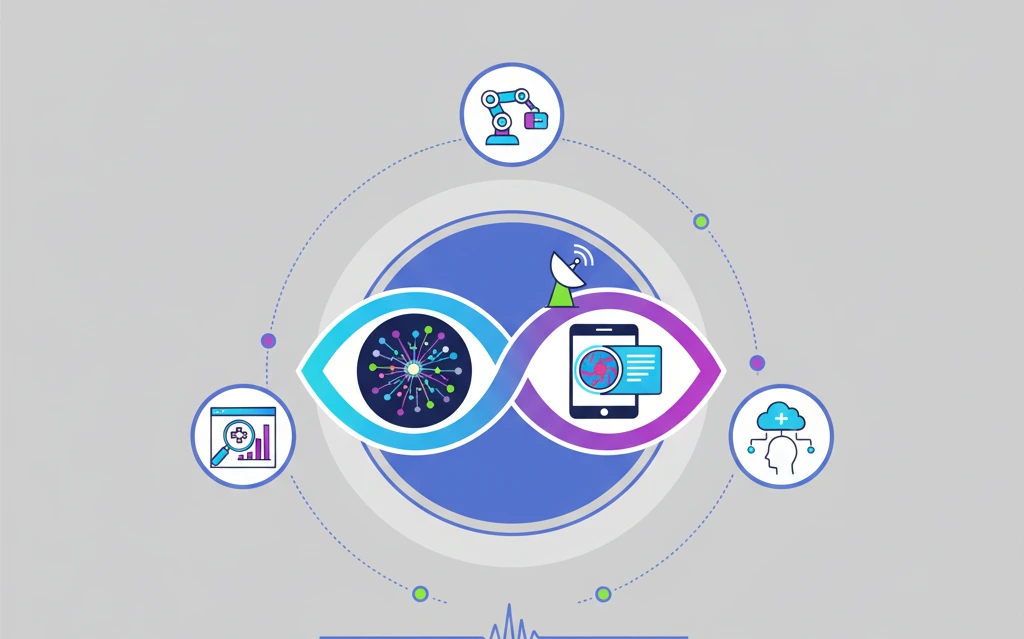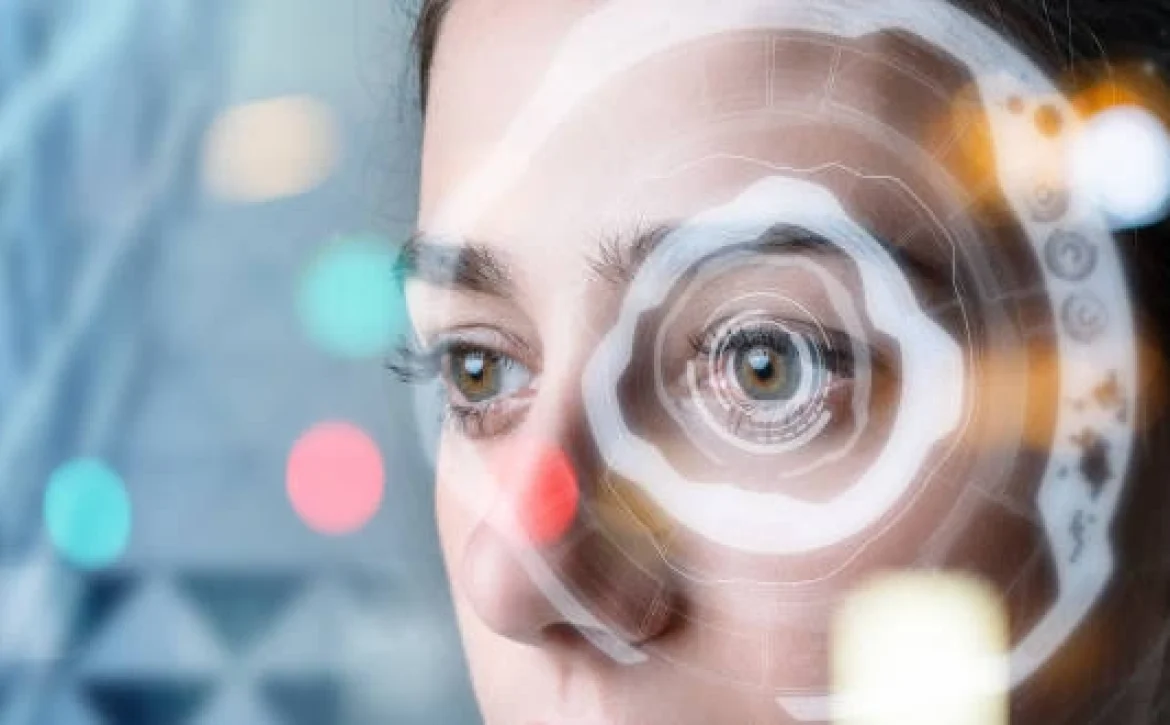AI use in optometry is set to usher in a transformation for the future of eyecare practice management.
Various AI-powered technologies are revolutionizing practice management areas such as appointment scheduling, inventory management, and clinical decision-making.
AI technologies (RetinaWise AI) developed by RCEENetworks, such as deep learning algorithms and convolutional neural networks (CNNs), are being utilized to diagnose and manage various eye conditions, including glaucoma, diabetic retinopathy, and age-related macular degeneration (AMD).
These AI systems can analyze vast amounts of data from retinal images, providing optometrists with precise and timely insights that improve patient outcomes.
Understanding how artificial intelligence is poised to reshape optometry practices can lead to streamlined operations, increased efficiency and accuracy, and enhanced patient care.
Table of Contents
AI Applications in Optometry Practice Management
AI applications are changing how optometrists implement practice management, improving patient care and boosting efficiency. For instance, AI-powered technology improves scheduling, customer service, and practice performance tracking.
Chatbots and Large Language Models (LLMs)
The integration of Artificial Intelligence (AI) and Large Language Models (LLMs) in optometry is revolutionizing the field, enhancing both diagnostic accuracy and patient care.
These AI-driven virtual assistants can improve patient interactions within optometry practices. Capable of handling routine inquiries and frequently asked questions, chatbots provide real-time responses and support to patients, even outside regular office hours.
LLMs, such as GPT-4, are also making significant contributions to optometry. These models can assist in medical transcription, enhance electronic health records, and provide clinical decision support.
Their conversational interfaces simulate human-like interactions, creating a personalized experience for patients seeking information about services, insurance, or general eye care advice. This instant and continuous support increases patient engagement and improves the practice’s overall responsiveness.
Recent studies have shown that LLMs can match or even outperform ophthalmologists in diagnosing and recommending treatments for conditions like glaucoma and retinal diseases.
RCEENetworksTweet
Furthermore, LLMs are being incorporated into medical education, helping to train the next generation of eye care professionals by familiarizing them with emerging technologies.
As AI technologies get even better, chatbots are evolving into even ever-more realistic service assistants to further improve patient outcomes and streamline optometrists’ workflows.
AI Tools for Eye Examinations

Optometrists are using emerging AI tools to improve eye examinations and provide more accurate patient treatments. Tools that are available now include AI-powered vision correction tools, diagnostics, imaging, and glaucoma detection.
One notable advancement is the development of AI tools like RetinWise AI, which exemplifies how AI can assist in early detection and management of eye diseases, potentially preventing vision loss in patients.
Additionally, AI-driven platforms like RetinaWise AI are being used in clinical settings to screen and grade eye conditions, aiding optometrists in making informed decisions about treatment plans.
AI-powered vision correction:
AI technologies improve vision correction by precisely analyzing patient data, leading to personalized prescriptions for optimal visual acuity. This ensures a more tailored and precise eyewear experience.
AI-driven eye diagnostics:
Through advanced algorithms, AI aids optometrists in diagnosing eye conditions with greater accuracy and efficiency. The analysis of patient data enables early detection and more effective treatment plans. For example, AI algorithms in optometry have led to better prediction, diagnosis, screening, and treatment for myopia.
AI-assisted ocular imaging:
AI enhances ocular imaging by providing in-depth insights into retinal health and other eye structures. This assists in identifying potential ocular issues, leading to proactive eye care measures and advances in ophthalmological treatment.
AI for early glaucoma detection:
AI’s capabilities enable early prediction of glaucoma incidence and progression, helping eyecare providers diagnose and treat the condition early on. In a 2022 study, the AI model used to predict glaucoma showed a high accuracy of 90% in the validation set and remained consistent, with 89% and 88% accuracy in two external test sets.
By analyzing relevant data and retinal photographs, AI supports timely intervention, promoting better management of glaucoma and preserving vision.
AI in Teleoptometry

AI-driven tools are transforming telehealth in optometry, bringing better patient services, efficiency, and accuracy to eye care.
Optometrists can provide remote consultations and eyecare screenings using virtual platforms powered by artificial intelligence. This enables patients to connect with optometrists from the comfort of their homes or remote locations.
As part of a remote eye care appointment, patients can capture images of their retina using a smartphone or specialized retinal camera. When providing telemedicine for retinal care, providers can use AI-powered tools to analyze images for signs of eye disease, such as diabetic retinopathy, macular degeneration, or glaucoma.
For instance, the Navilas® Laser System, a navigated laser photocoagulator for ophthalmology, allows retina specialists to preplan treatments at specific locations and times. This tool combines laser photocoagulation with fluorescein angiographic imaging, achieving an impressive 92% accuracy of hitting microaneurysms in diabetic macular edema (DME) compared to the standard manual technique laser treatment, with 72% accuracy.
Algorithms for Optometry Patient Feedback
AI tools are transforming how optometry practices gather and use patient feedback. Through natural language processing, sentiment analysis, and data mining, AI can process vast amounts of patient feedback from various sources, such as surveys and online reviews. This allows optometrists to gain valuable insights into patient experiences, preferences, and concerns.
With AI’s ability to identify patterns and trends, optometry practices can pinpoint areas for improvement and implement targeted enhancements to enhance patient satisfaction.
Move Your Practice Into the Future with Cloud-Based Technology
Overall, AI is transforming optometry, offering new tools and capabilities that enhance the accuracy, efficiency, and quality of eye care.
Not unlike AI in optometry, cloud-based RevolutionEHR is revolutionizing eye care. RetinaWise AI, by RCEENetworks offers the all-in-one functionality, streamlined workflows, and seamless partner integrations today’s optometrists need.
Embracing cloud-based technologies empowers optometrists to provide efficient and patient-centered treatments, ultimately shaping the future of eye care.





